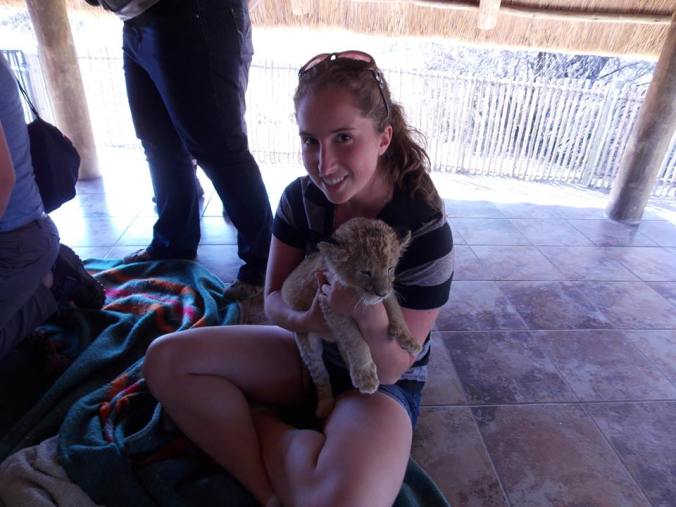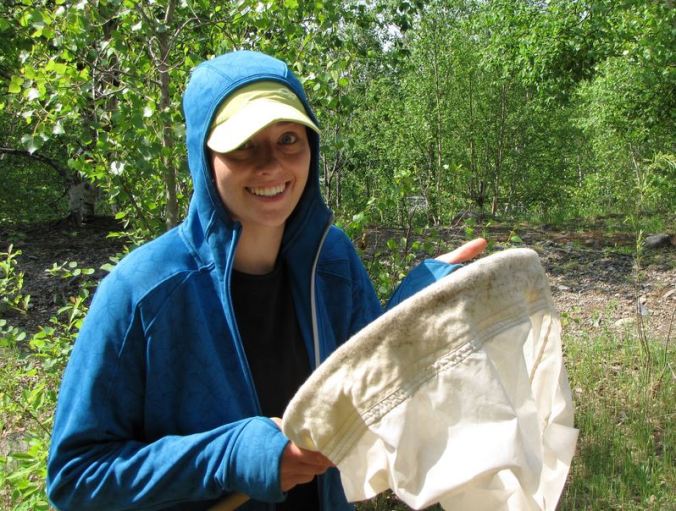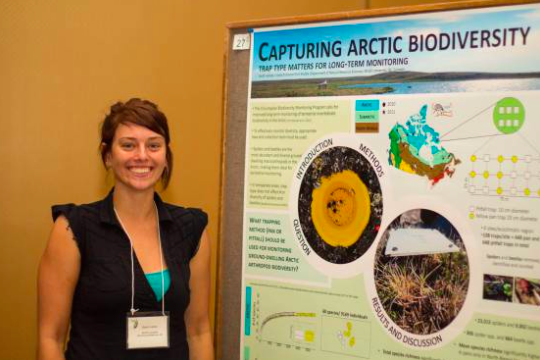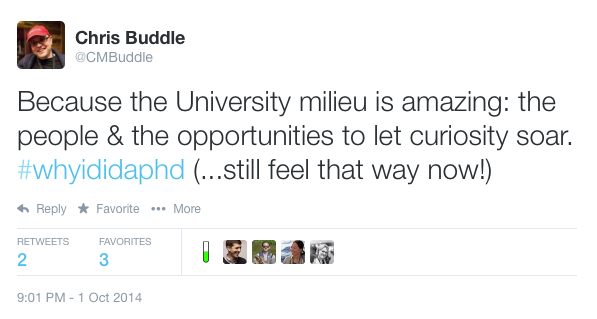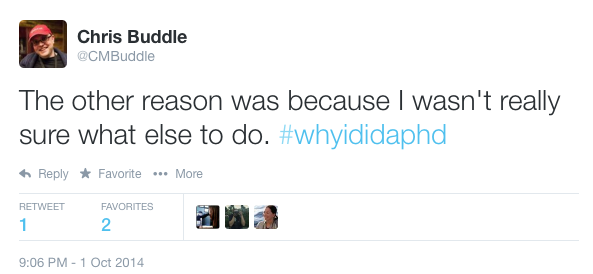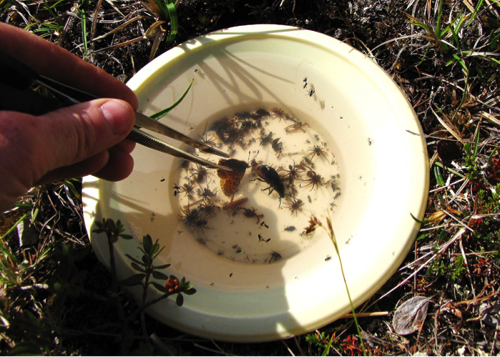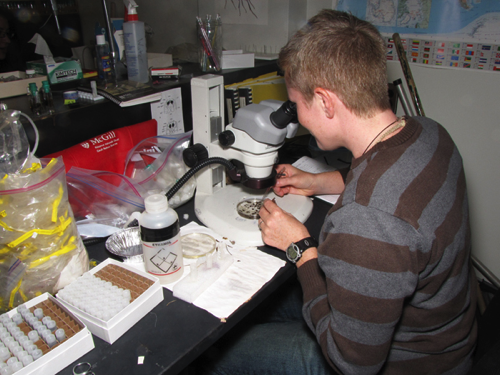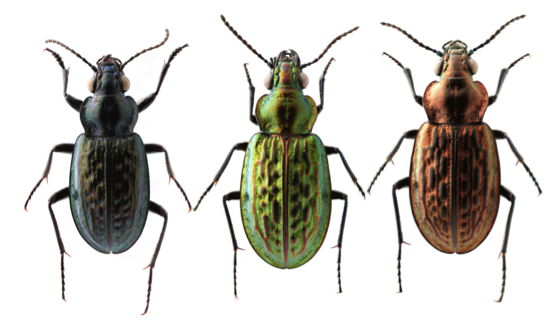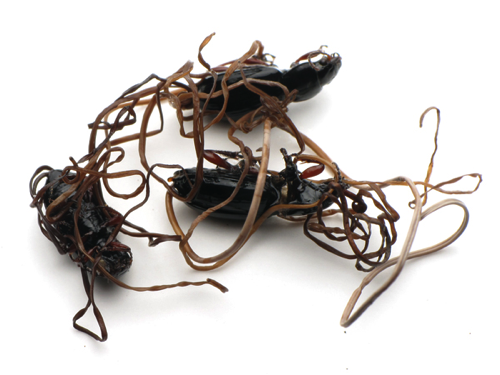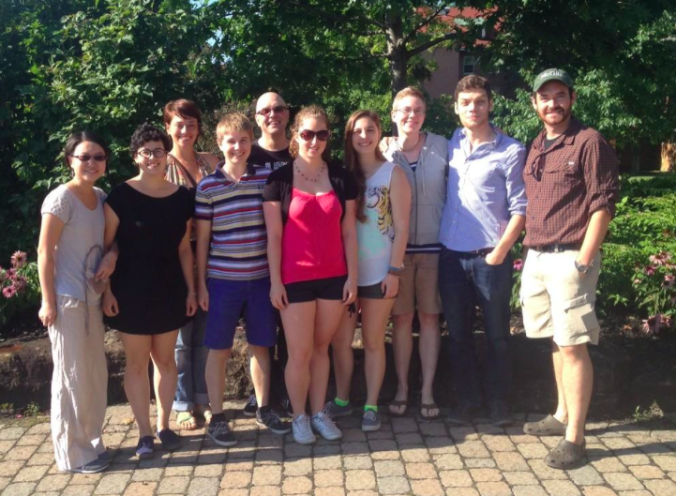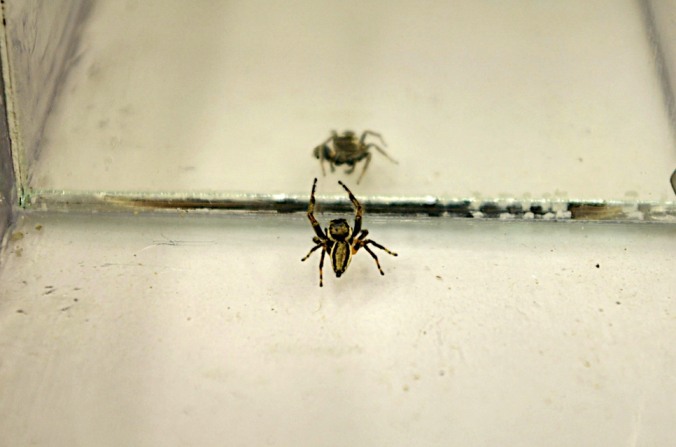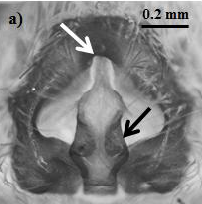I’m teaching a graduate class in Entomology this term, and part of that class involves students leading discussions about scientific papers in our discipline. These discussions are typically between 60 and 90 minutes, with a small group (4-6 individuals). This post provides some advice and guidelines around how to go about doing this. That being said, this is not a ‘one size fits all’ kind of world, especially when talking about science: you may have better or alternative approaches when discussing scientific papers - please comment, and share your ideas!
1. Provide a (quick) summary of the paper:
In most cases, you want to first provide the audience a brief but accurate overview of the paper. It’s often useful to do a little research about the authors – this provides a context that may be very helpful and may prove insightful later on. For example, do the authors have a publication record that aligns with the current paper? Are the authors graduate students or post-doc (not that it matters, but it does provide context!).
The focus on the summary should be about the Research Questions / Hypothesis, and to explain these you will also need to discuss an overall conceptual framework. This means you need to know this conceptual framework very well. After providing the broader context and framework, you should quickly go over the main methods, and the key results. You should act as a guide for your audience, and take them through the key results. Try not to spend a lot of time on more trivial aspects of a paper. In general, your summary should not delve too deeply in the discussion part of the paper.
Don’t forget: you are assuming everyone in the room has read the paper, so your overall introduction should be relatively short (no more than 10 minutes). More time may be required if a concept or methodological approach is particularly complex. Try not to provide opinions or critiques of the paper at this point in time – save this for the general discussion.
2. Ask for points of clarification:
Before proceeding with detailed discussion of the paper, you should ask the audience if they require clarification on anything in the paper. You are leading a discussion and therefore considered an ‘expert’ on the paper, and as such, should be prepared to handle these points of clarification – this will most likely require you to do a bit of research on areas of the paper that you do not understand! It’s important you you make it clear that you are not starting a detailed critique (yet); you are first making sure that people all understand the critical ‘nuts and bolts’ of the paper.
3. Leading a discussion:
The majority of the time should be spent on the actual discussion. There are many ways to do this, but here are some tips:
- Try not to let your own opinion of the paper distract or take over – your goal is to get other people to reveal their own views; these may or may not agree with your own views! Be welcoming and accommodating to other people’s opinions and viewpoints. Never make anyone feel small or stupid, even if they make a goofy mistake.
- That being said, make sure that you do have an opinion, and be willing to share it at some point
- Prepare a list of questions that you could ask other people if the discussion needs help to get started. Always try to find positive points in a paper, even if the paper is, overall, very weak. Similarly, try to bring out negative features even if the paper is strong. This means you have to sort out strong and negative parts of a paper for yourself (well ahead of time)
- It’s sometimes a good idea to first go around the room and ask for something that people felt was strong and positive about the paper, and then do this again but ask for points of constructive criticism about the paper.
- Don’t hesitate to ask people (specifically) for their views on some sections of this paper: a gentle push may be needed to get started on discussing the specifics, but this can be fruitful.
- Since you are chairing the discussion, don’t be afraid to take control if the discussion wanders too far from where it needs to be, and/or if the discussion gets too trivial or mired in the weeds
- Related, whenever possible, draw the discussion back to the actual research objectives, and try to broaden the discussion out to the overarching concenptual framework: are the results generalizable to other fields? Does the paper make broad and meaningful conclusions that will be long-lived and significant?
- Towards the end of the discussion, it may be useful to ask people how they might have done the work differently. Or, stated another way, what could have been improved?
4. Summarize the discussion:
Spend the last five minutes of your time reminding people abou the actual research objectives, and provide a concise summary of the discussion that just wrapped up. Do this in an inclusive way, and give a nod to everyone in the room: make everyone feel that their points of views and opinions are taken seriously. Try to get an overall consensus about the general quality of the paper, and one litmus test may be whether or not you would cite the paper in your own work, and in what context.
